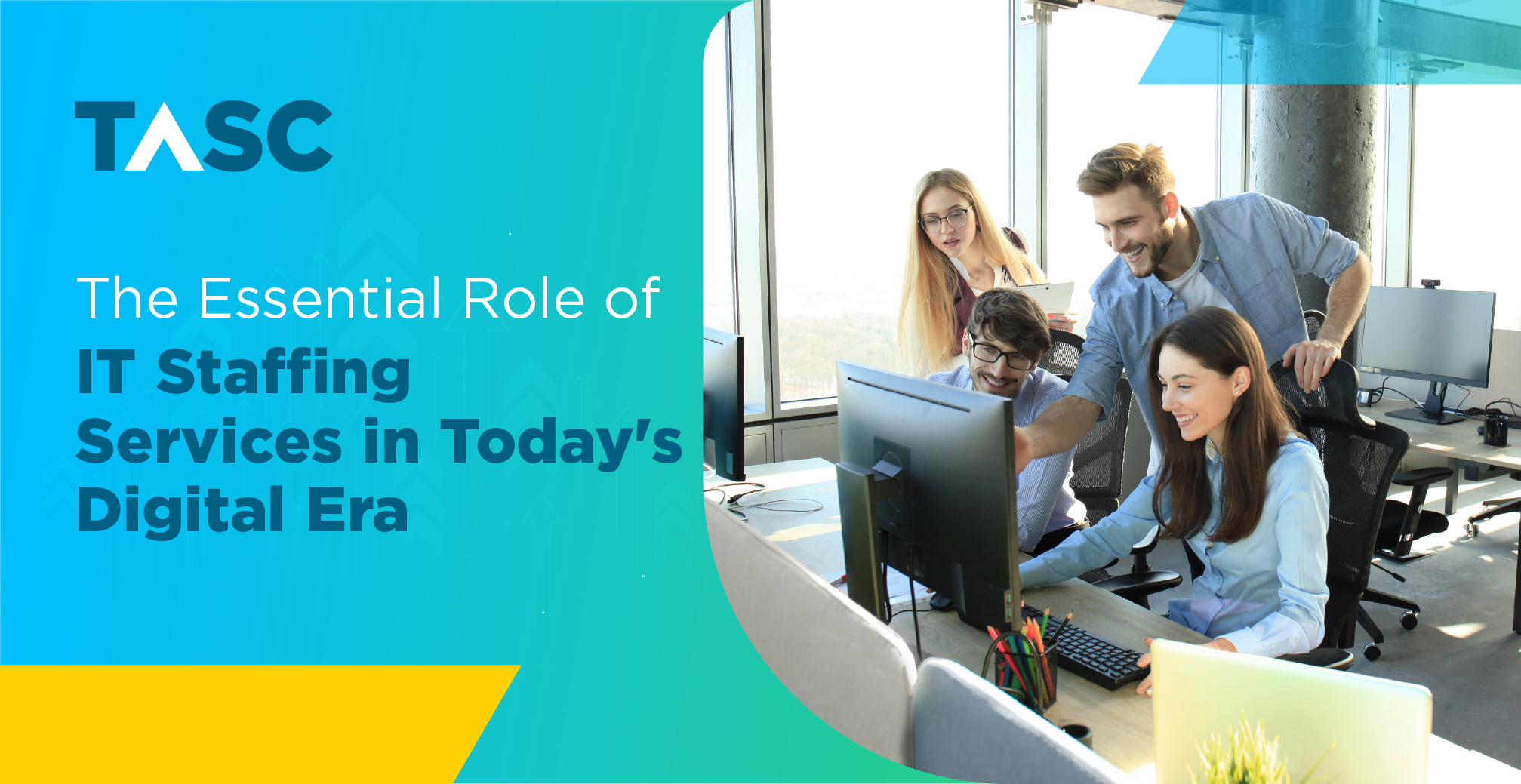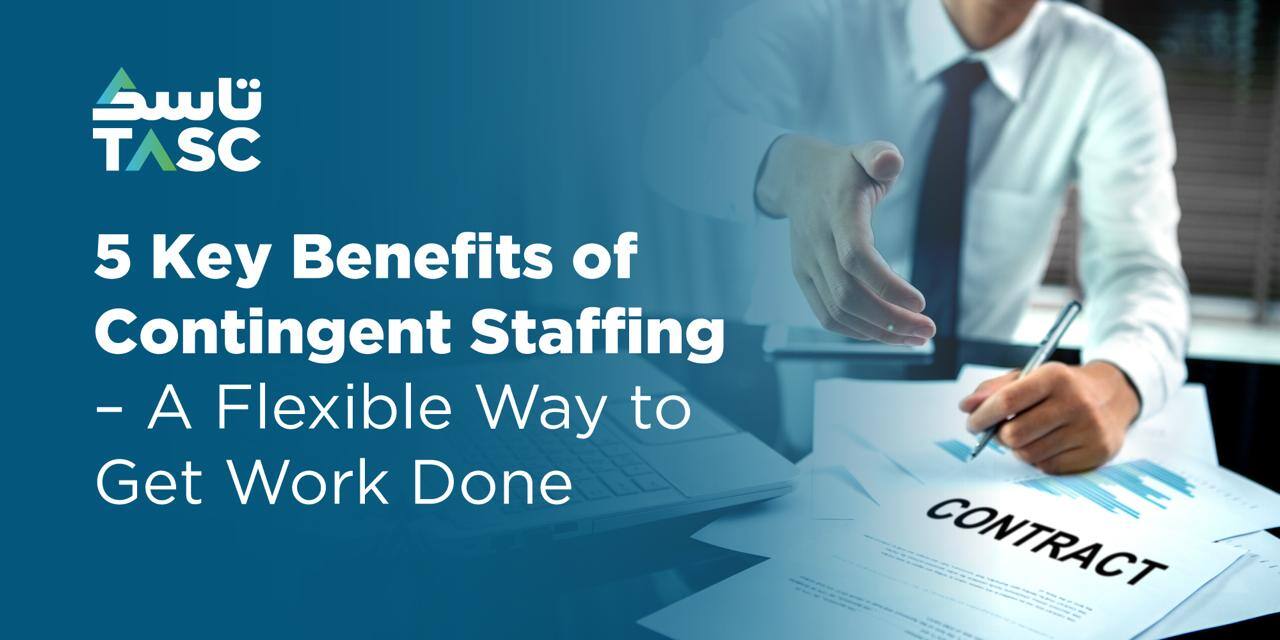Top 4 Benefits of Direct Hire Staffing – Everything You Need to Know
Direct hire staffing is an essential part of hiring for many businesses. Instead of hiring someone temporarily or on a contract basis, direct hire means bringing on a new employee for the long haul, with a focus on fitting into the company culture and staying for the long term.
The current job market demands you to know about direct hire staffing because it is key for all businesses that are looking to scale in the near future.
Understanding Direct Hire Staffing
As mentioned earlier, direct hire staffing is the practice of bringing new employees directly onto their team without hiring for temporary roles, which could be through an in-house deal or a direct hire staffing agency. These hires are for permanent positions within the organization, where they receive benefits like health insurance and retirement plans right when they sign the contract.
The process includes finding, interviewing, and selecting candidates who will become important members of the company, fully embracing its culture and goals for the long term.
It's perfect for roles needing particular skills or expertise, fostering lasting relationships between employees and employers.
How Does the Direct Hire Staffing Process Work?
Navigating the direct hiring process can seem complex, but breaking it down into manageable steps makes it smoother. Here's how most businesses do it –
- Job Analysis and Description – They start by understanding the role you're hiring for, and based on that, recruiters craft a clear job description outlining duties, skills, qualifications, and compensation.
- Sourcing and Recruiting – Once you have the job description, recruiters actively seek candidates through online job boards, social media, referrals, and industry networks. The wider the search, the better your chances of finding the perfect fit.
- Screening and Selection – As applications roll in, companies screen them to match qualifications with job requirements. Your job is to narrow down the pool to the most promising candidates.
- Interview and Assessment – The next step would require conducting structured interviews to evaluate candidates' skills, experience, and fit with the company culture. Here, you must focus on the job's demands to ensure alignment.
- Reference and Background Check – Companies also need to verify candidates' work history and character through reference and background checks. This step is important because it ensures reliability and prevents any red flags.
- Offer and Negotiation – If a candidate shines through, recruiters will extend a job offer detailing compensation, benefits, and start date. However, you must be open to negotiation for a mutually beneficial agreement.
- Onboarding – Once the offer is accepted, smoothly integrate the new hire into the organization through orientation, training, and access to policies. A strong onboarding process sets the stage for long-term success.
Advantages of Direct Hire Staffing
Direct hire recruitment offers organizations unique advantages, blending stability with top-notch talent acquisition. Here's why it's a game-changer –
- Long-Term Employee Relationships – Direct hires tend to stick around, reducing turnover and fostering stability. For instance, a tech company might get an IT specialist through direct hiring, which helps them maintain consistent, reliable tech support for their operations.
- Access to Highly Skilled Candidates – Permanent positions attract candidates seeking stability and growth. Because these jobs are more stable and reliable, you get to work with experienced professionals which may not have been possible through temporary hires.
- Enhanced Team Cohesion and Productivity – Employees invested in their roles contribute to a positive, high-performing team atmosphere. For instance, if a project manager is brought on directly, they can offer you a long-term perspective to streamline workflows and boost team collaboration on multi-year projects.
- Cultural Fit and Alignment – Direct hiring is done in a way to better assess a candidates' alignment with company values and culture. For example, a retail business might find a direct hire store manager who not only excels in sales management but also embodies the brand's dedication to customer service excellence.
Disadvantages of Direct Hire Staffing Bottom of Form
While direct hire staffing has its advantages, it's not without its challenges. Here's what to watch out for –
- Higher Upfront Costs – Direct hiring can hit your capital harder upfront with recruiting, interviewing, and onboarding expenses. It may not be the ideal scenario for small and mid-sized companies working on tight budgets.
- Longer Time to Fill Positions – Finding the right fit directly can take time, affecting productivity. For instance, a manufacturing company might face production delays if it takes months to hire a qualified operations manager directly.
- Risk of Incompatibility – Getting the hire wrong can be quite costly. Imagine a financial services firm hiring an analyst directly, only to realize later that their approach doesn't align with the company's investment strategies. It can very easily lead to a tricky and expensive separation process.
- Limited Flexibility – Direct hire staffing offers less wiggle room compared to temporary or contract roles, making it difficult to adjust workforce size based on business needs. A retail chain, for instance, might struggle with staffing levels during slow seasons after committing to a set number of full-time staff.
Best Practices for Direct Hire Staffing
Navigating the challenges of direct hire staffing demands smart planning and effective action. Here's a practical roadmap to help you tackle them head-on –
- Budget Optimization – You have to start by fine-tuning your recruitment budget. For instance, capitalizing on employee referral programs can slash hiring costs while tapping into your workforce's network, potentially yielding top-notch candidates without breaking the bank.
- Streamlining Hiring – The next step would demand cutting down on hiring time by streamlining your process. It’s high time you embrace the power of technology for initial screenings – AI-powered resume scanners and video interviews can swiftly identify promising candidates, skipping lengthy in-person meetings.
- Comprehensive Candidate Evaluation – You can also enhance your evaluation process with diverse assessment methods. Practical demonstrations or project-based assignments provide real-world insights into candidates' abilities and team fit, going beyond traditional interviews.
- Flexible Workforce Strategies – Adaptability is key in modern workforce planning. So, you should consider offering flexible work arrangements like remote options or flexible hours to attract a wider pool of candidates. Create roles that can toggle between part-time and full-time based on business needs for scalability.
Closing Thoughts
Direct hire staffing stands as a valuable strategy for organizations seeking to bring top-tier talent on board for lasting success. It brings stability, cultural alignment, and access to skilled professionals, albeit with its share of challenges that need to be navigated with care.





